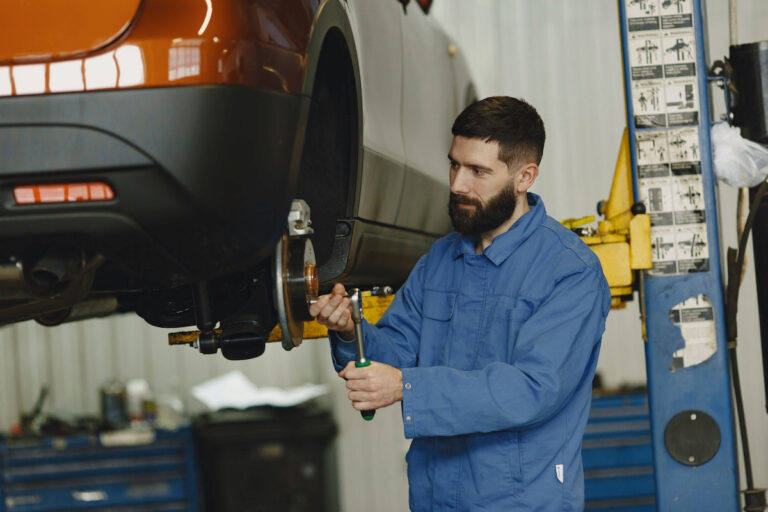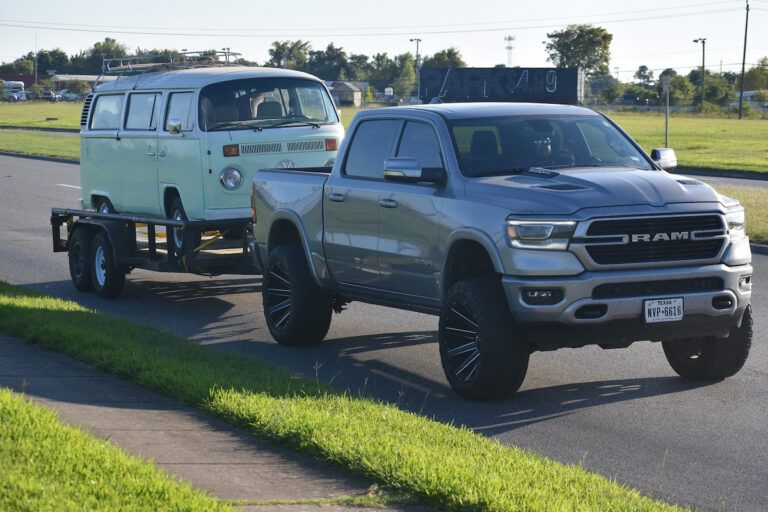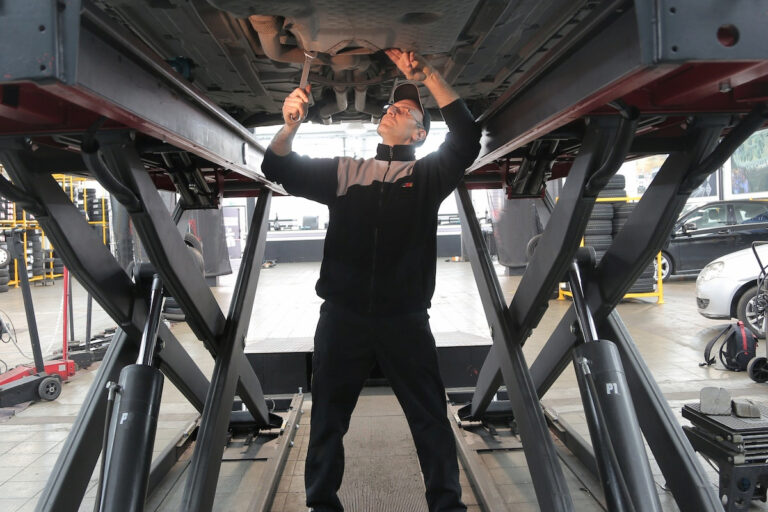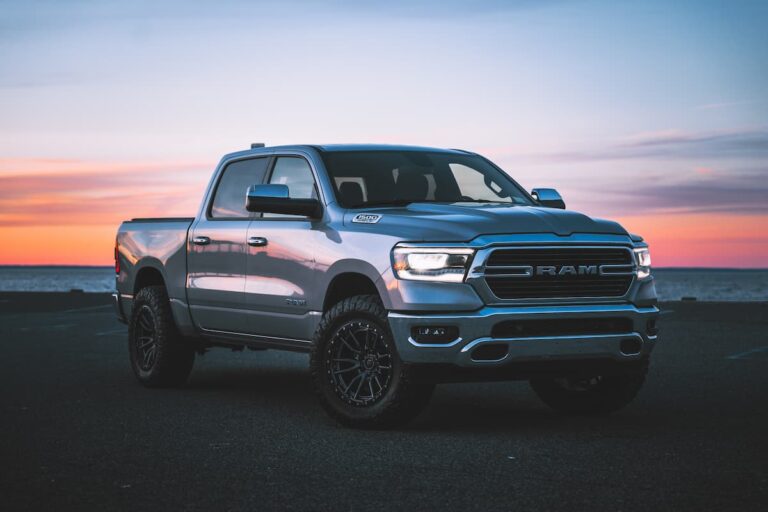Do You Need to Regear With 35 Inch Tires On A Ram 1500?
Many Ram 1500 owners opt to put 35-inch (89 cm) tires on their trucks.
It gives the truck more ground clearance, lets them put more weight on it, and has better aesthetics.
Regearing is the smart option if you add 35-inch (89 cm) tires to your Ram 1500. If the truck has a 3.21 gear ratio, you need to regear for larger tires to prevent increased fuel consumption and lower overall performance. You might not have to regear if your truck already had a higher gear ratio.
Why Put 35-inch Tires On a Ram 1500?
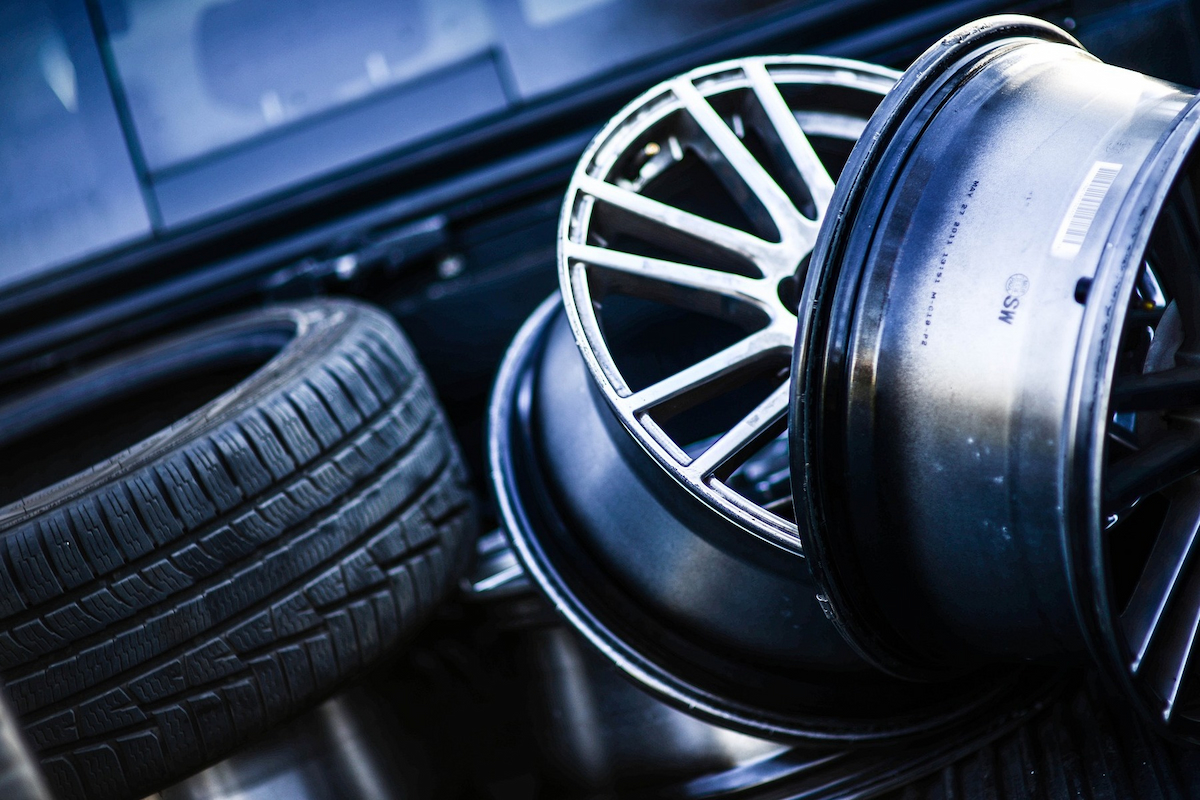
35-inch (89 cm) tires are a popular upgrade for all kinds of trucks, not just the Dodge Ram.
The larger tires are better suited to off-road adventures.
Larger tires provide more control over the truck on uneven terrain or unsteady ground, increasing the safety of off-roading and mudding trips.
Going up a size or two on tires also gives the truck more ground clearance.
It’s great when off-roading because the added height helps you avoid collisions when going over rocks or small mounds.
For general driving, the extra clearance increases your visibility since you’re sitting higher up and can see potential obstacles that may damage your vehicle.
Despite the benefits of larger tires, the most popular reason for upgrading to 35-inch (89 cm) tires is their appearance.
The bigger tires and higher clearance give the truck a more aggressive look.
To these truck enthusiasts, bigger trucks are more appealing.
While lengthening the truck isn’t an option, lifting it higher is simple and achieves the aesthetic these Ram owners want
Regearing With New Tires
Whether regearing is necessary after switching to larger tires depends on what gearing your truck is set to.
If your Ram is at a 3.21 gear ratio, you need to regear the truck to avoid affecting performance.
You may not need to adjust the gear ratio if it’s already set higher.
The best gear ratio for 35-inch (89 cm) tires is 4.56.
You can regear the truck at home or take it to a mechanic.
You can also skip regearing and drive the truck normally but expect less power and decreased performance.
After changing your gear ratio, you need to break the truck in by driving it for a while, but you’ll need to drive it multiple times, and you need to do it right.
Breaking In Larger Tires on a Ram 1500

When breaking in larger tires, don’t brake or accelerate harshly.
Keep the truck in lower gears, and don’t haul any heavy loads.
Monitor your engine fluids and temperatures, and let everything cool completely between trips.
Drive your truck at city speeds at least three times before going on a highway.
Once you’ve driven around at lower speeds, take your truck for a test run on the highway.
Accelerate to 65 mph (105 km/h), and if everything feels good, you’re good to go.
Whether you regear the truck or not, you must ensure your speedometer and other gauges are properly calibrated after you swap your tires.
These devices are tuned to the stock tire size.
Failing to retune your speedometer and gauges will lead to incorrect readings and might cost you a few speeding tickets.
What Happens if I Don’t Regear?
Not regearing a Ram 1500 after adding larger tires comes with problems, though none should render the truck useless or put you in danger.
Firstly, you will negatively impact fuel economy if you don’t regear – the engine must work harder to turn the larger tires, burning gas much faster.
Your overall towing capacity will also decrease.
You lose power by not working with the proper gear ratio, and the truck simply can’t handle as much weight as it could with its stock tires.
There is also additional stress on the transmission, leading to much higher transmission temperatures.
Making your transmission work harder isn’t dangerous but can cause faster wear and tear.
Other Things to Note

While 35-inch (89 cm) tires look like they’ll fit easily on a standard Ram 1500, they won’t.
It isn’t possible to throw on the larger tires and start driving the truck immediately – you’ll find that the new ones rub the inner fenders of your wheel well.
If all you want to do is slap on bigger tires, 33-inch (84 cm) tires are usually the better option.
They fit nicely and don’t require extra steps.
If you go for 35s, you’ll also need to install a lift kit. A two-inch (5 cm) kit should be enough.
An added benefit of installing a lift kit is correcting the famous “Dodge lean.”
Lifting a Ram also feeds into the overall aesthetic, so most owners opt for it anyway.
If a lift kit isn’t an option for you, there are two alternatives (though they come with other issues).
You can try to fit the tires by removing the fender liner.
It may or may not work, and, importantly, it exposes your engine to any water, mud, or debris the tires kick up.
You can also choose to increase the backspacing.
Unfortunately, your tires will stick out farther than you expect, and you’ll kick up gravel, dust, and water onto your paint job.
Moreover, if you aren’t careful, you can send debris into other vehicles and may be liable for any damage.
Your best bet is either use 33-inch (84 cm) tires or add a lift kit to make room for the 35s.
Conclusion
Whether or not regearing is necessary depends on your truck’s gear ratio before you installed the new tires.
If it’s the stock 3.21 ratio, regearing will help you avoid losing power, decreasing performance, and increasing fuel consumption.
Also note that 35-inch (89 cm) tires don’t fit on a stock Ram 1500.
Add a two-inch lift (5 cm) kit to accommodate the larger tires and ensure the suspension is in good shape.
Finally, remember to tune your gauges after swapping out your tires to ensure your speedometer etc., are working properly.

